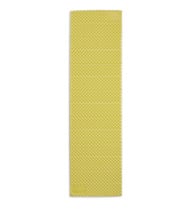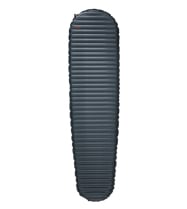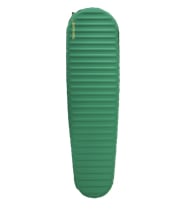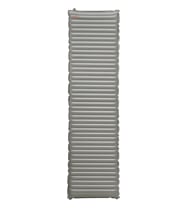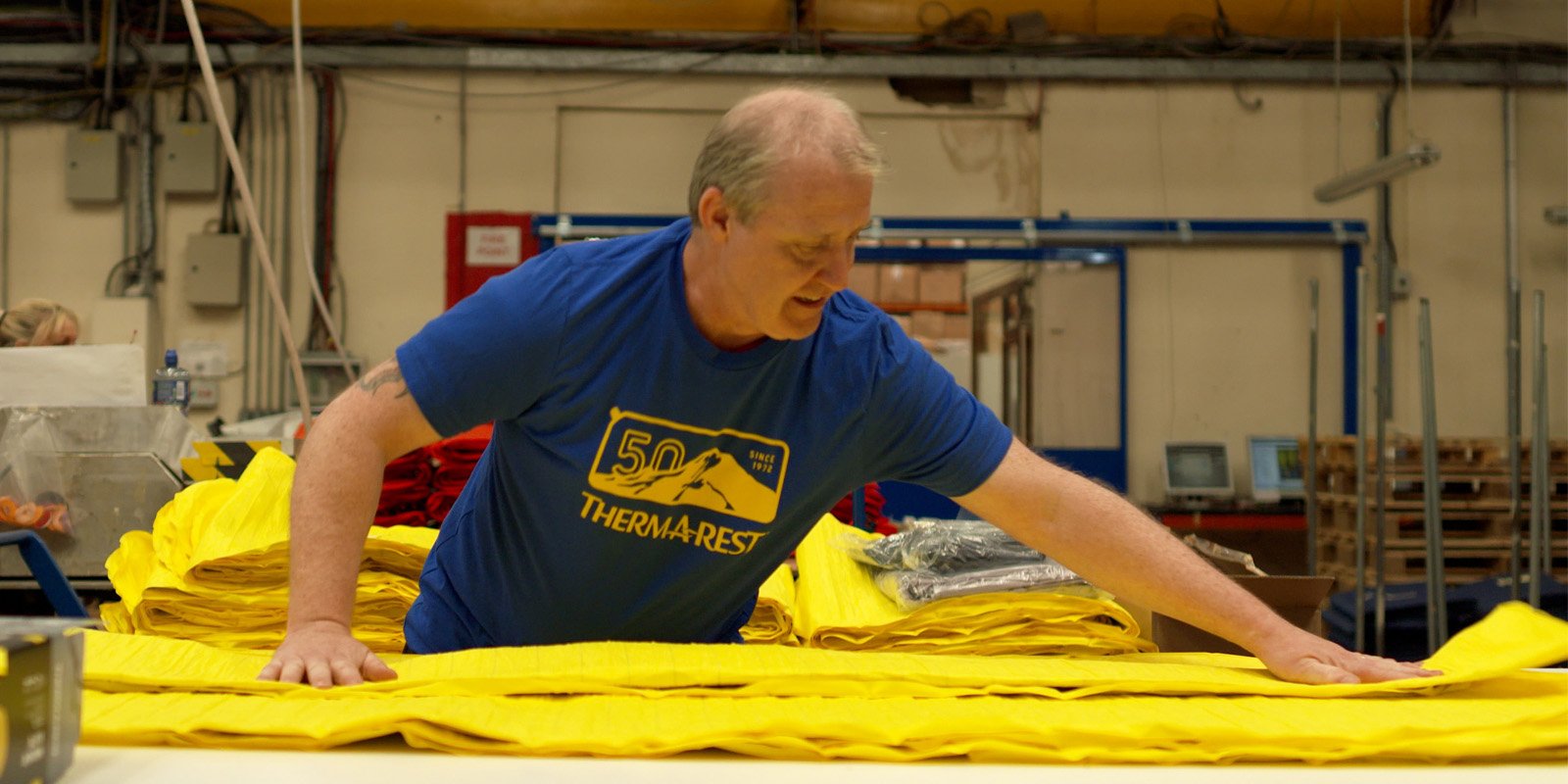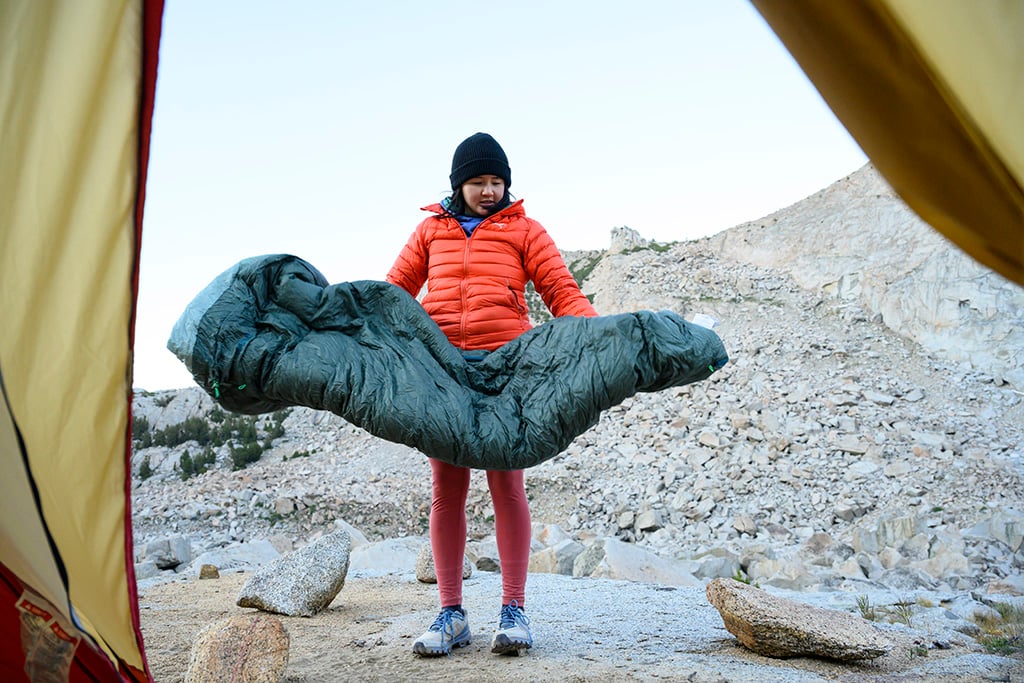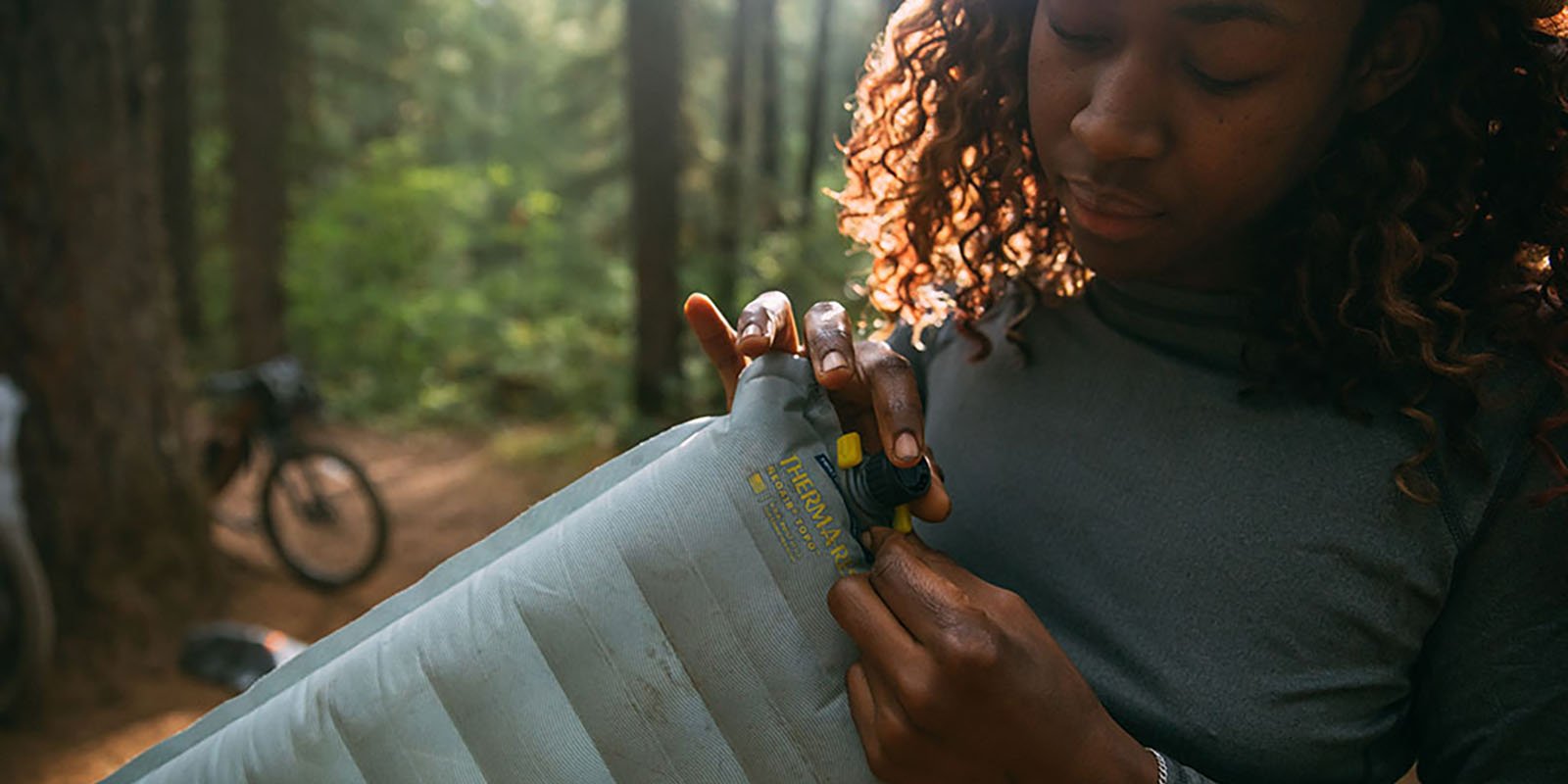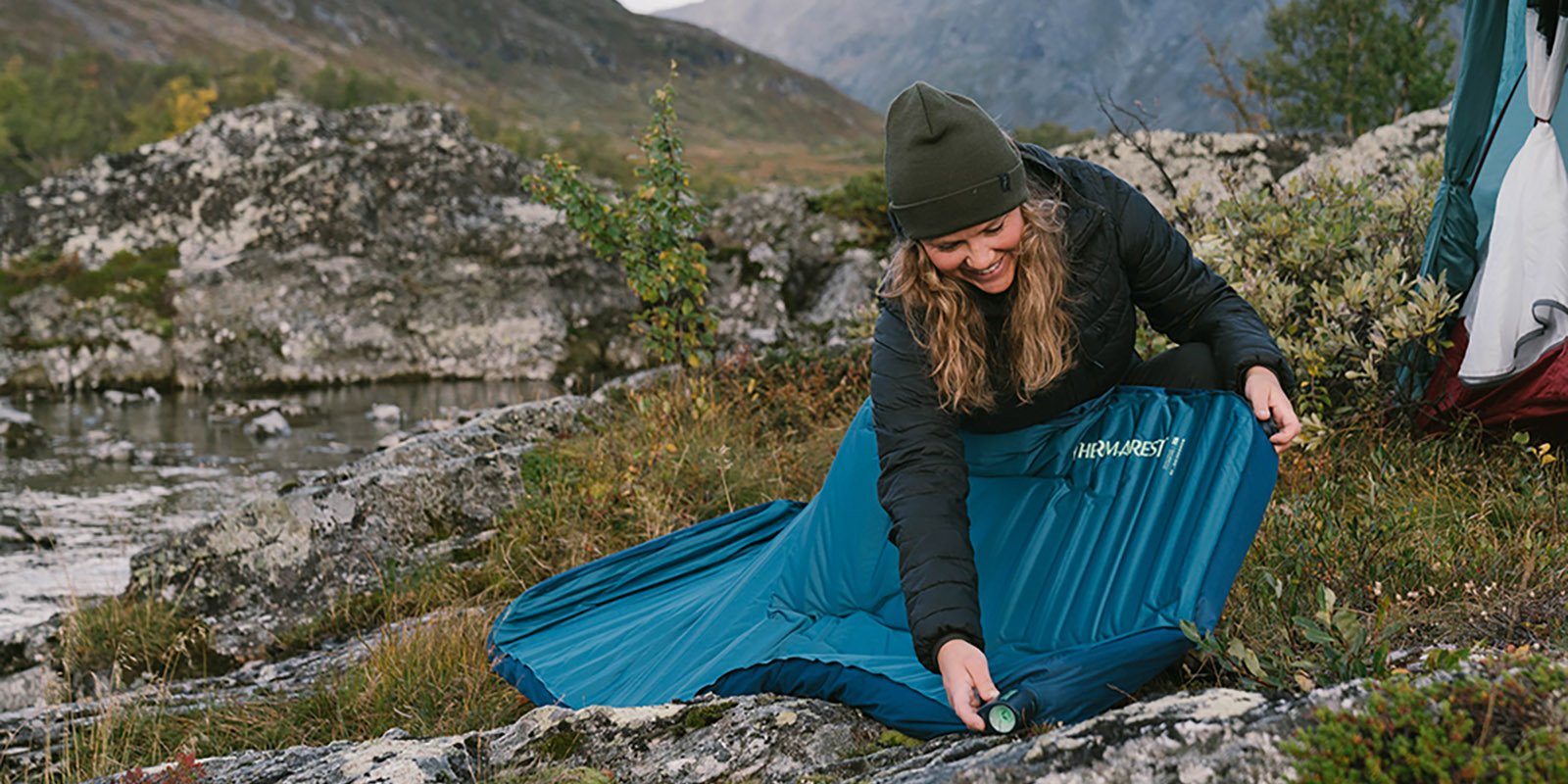When you’re shopping for sleeping pads, a quality pad will list a packed size, materials, weight, thickness and, perhaps the most important spec, the warmth of the pad. The warmth of a sleeping pad is listed in one of two ways: R-value or a suggested degree rating. So, what’s the difference?
First things first, why does this matter?
Well, it matters to us. Therm-a-Rest started with the promise to provide a better night’s rest outside. Figuring out the best way to measure a sleeping pad’s thermal resistance is simply part of our DNA. All of our gear goes through rigorous testing to guarantee performance at camp because we insist upon it.
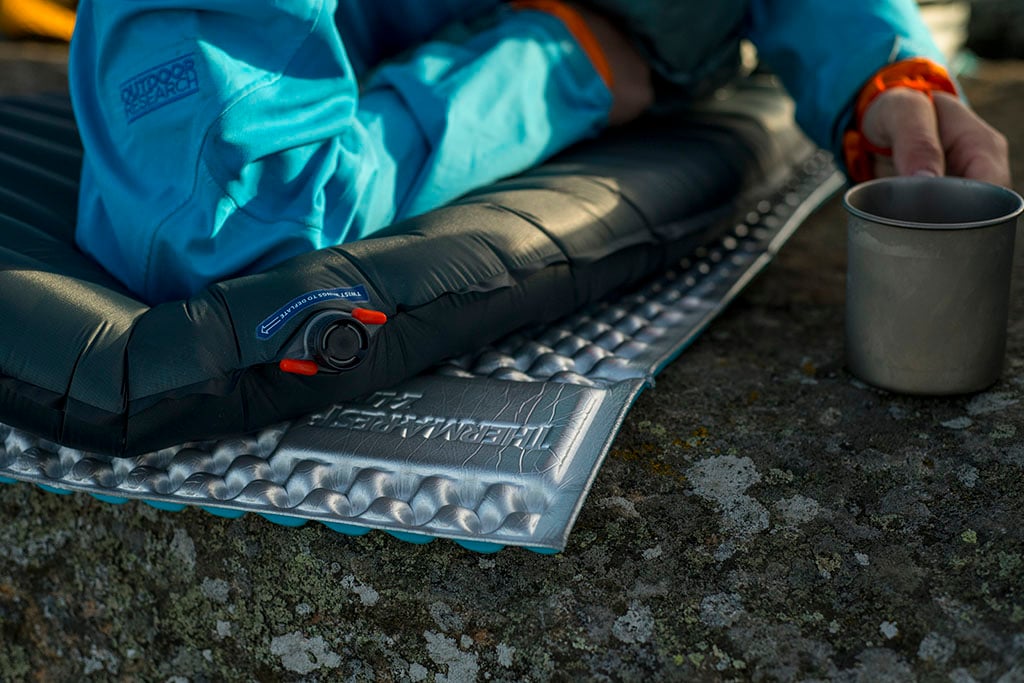
It matters to you because waking up refreshed and ready for the day’s adventure is important to anyone spending time in the backcountry. If you spend the night letting the cold ground sap your precious calories, you’ll be breaking camp feeling sluggish and tired. We make gear with the singular goal to help you rest better, because, when you rest better, you play better.
How to Measure R-Value
To ensure we stay on the cutting edge of thermal science and engineering, we work with a neighboring company called Thermetrics, an engineering group that, in their words, leads the industry in “thermal comfort testing solutions that deliver advanced performance, innovative design and leading-edge features.” They build the R-value testers we use to design, test and modify our sleeping pads.
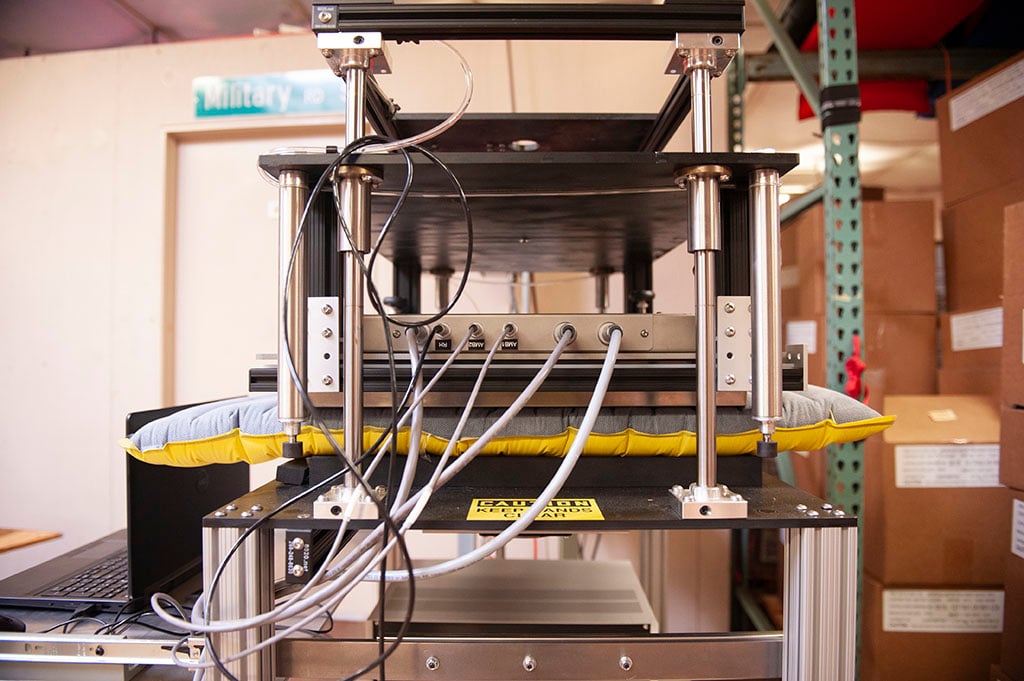
These devices take two large plates and place the pad in between. One plate is kept at a steady temperature with an electrical current. A pad that offers a lot of insulation will require less energy to keep the plate at a steady temperature. The less energy used to maintain the warmth of the plate, the higher the R-value the pad receives.
When designing our award-winning sleeping pads, we thoroughly test in the field and in our Seattle factory with the Thermetrics machines. This equipment provides crucial insights that allow us to test minute details of our products and make design decisions that lead to better-performing gear. Our products are some of the most thermally efficient pads available thanks to our innovation and use of these devices.
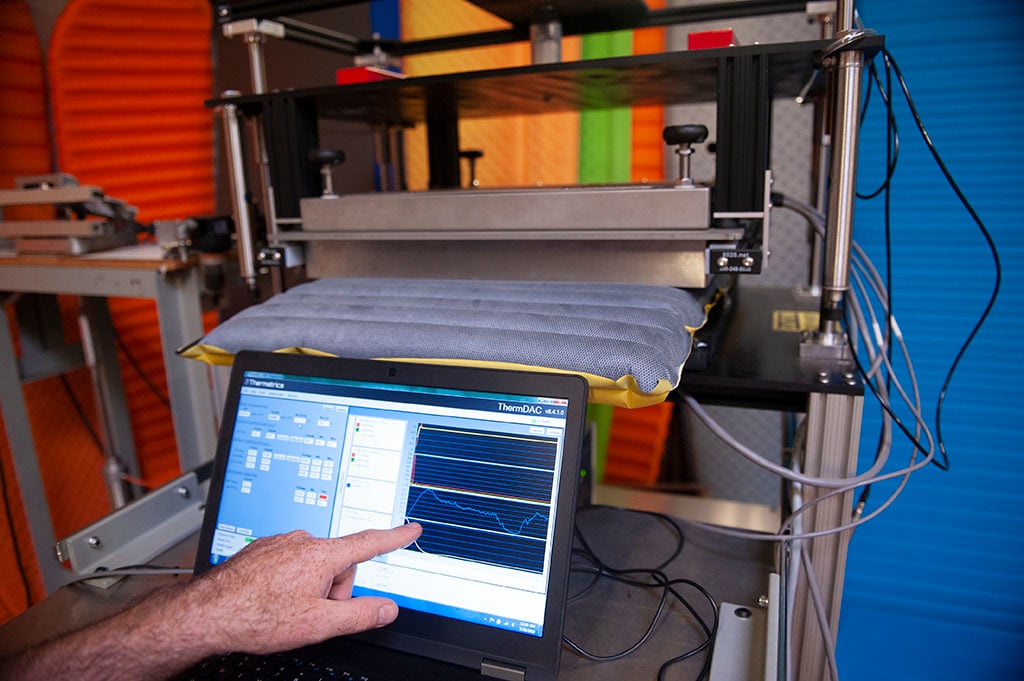
Measuring Warmth in Sleeping Bags vs. Sleeping Pads
Protection from the cold is crucial to resting better, but the insulation that your sleeping pad provides is very different than the warmth your sleeping bag creates. A sleeping bag uses its fill to keep cold air out and circulate air while heating up your body. However, your pad works differently. Your pad is tasked with creating thermal resistance against the cold, hard ground.
The massive amount of variables like humidity, surface and your own comfort preferences make it almost impossible to assign a temperature rating that applies to everyone. Sleeping bags use an EN rating system that uses certain constants to suggest a comfort and risk range, which was designed to help users compare sleeping bags from different brands. However sleeping pads are rated according to their R-value, which now has standardized testing protocols thanks to the ASTM R-value standard.

How to Choose the Right Sleeping Pad
Now that you know the differences between R-value and temperature ratings, how do you choose the right sleeping pad?
For temperature ratings, it’s hard to say. There are no constants or standards to help you know what temperature is right for you. If you’re a cold sleeper and plan on sleeping at altitude atop snow, it’s hard to know what temperature will provide you with the correct insulation, especially if it was “rated” for insulation on a dirt surface at sea level.
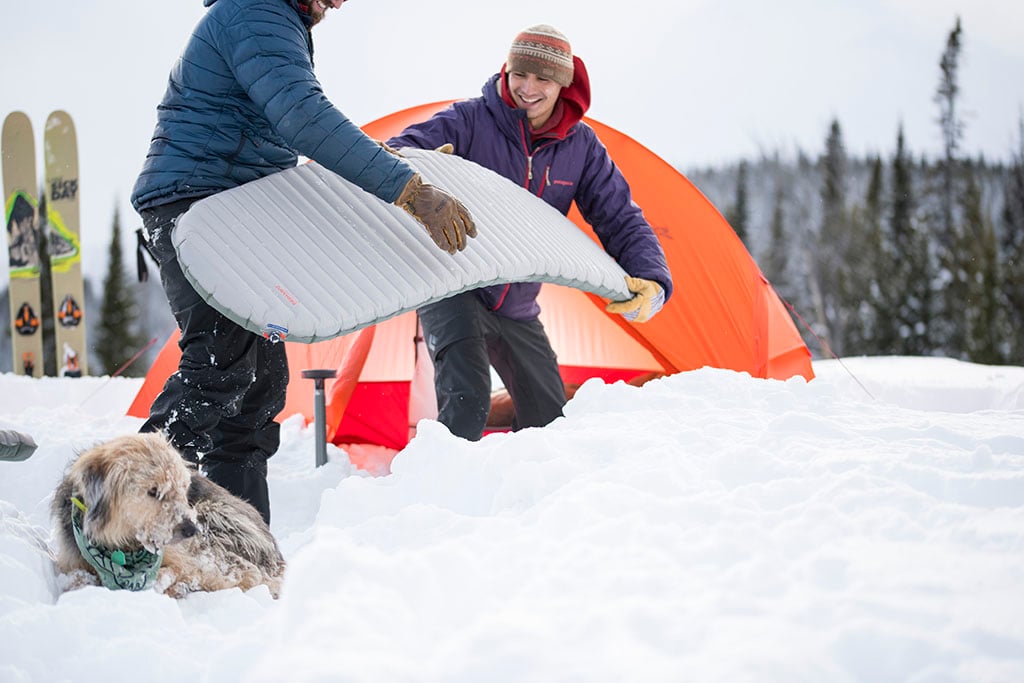
How do I know which Sleeping Pad is Warmer?
Well, technically, you don’t know for sure. Since temperature ratings have no test standard, what one company labels a “20-degree” pad might differ from another company’s rating. This makes R-value the most consistent and accurate way to measure a pad’s insulation. The same thing happens when comparing a temperature-rated pad to one of our pads. There’s no data to show a correlation to how the two ratings compare.
However, R-value is now a standardized measurement of the insulative property of a sleeping pad. It is now the standard value for comparing warmth across pads. Our listed R-value is tested and retested, and our final numbers are listed in accordance with the ASTM standard protocol. Check out the table below to get an idea of what R-value we recommend in different conditions:
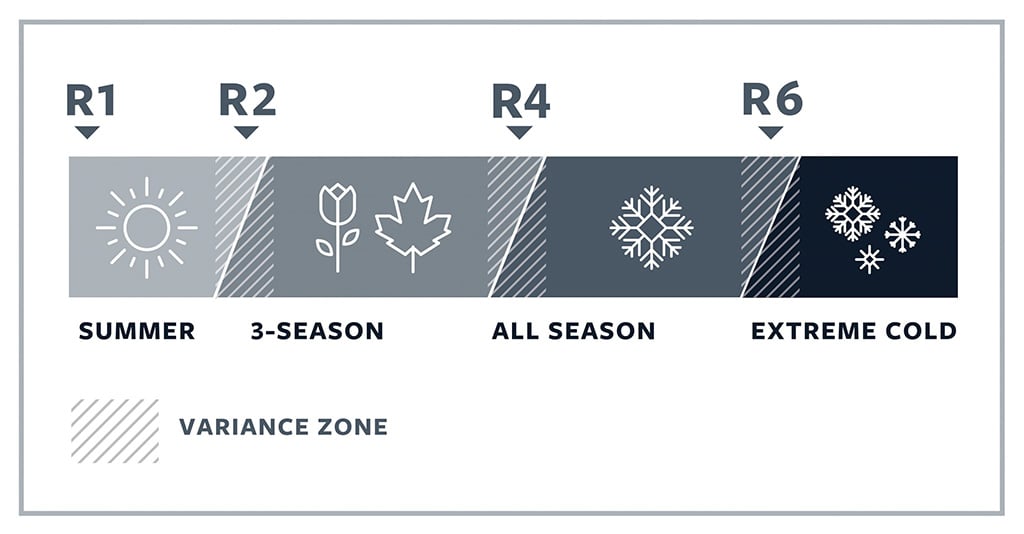
Preventing heat loss is possibly the most important purpose of your sleeping pad. Keeping you comfortable means keeping you warm and sleeping soundly. This means that you are waking up refreshed and ready for the day’s adventure. Our knowledge of R-value has led us to make some of the most thermally efficient pads with the best warmth-to-weight ratios available. Check out our full line of sleeping pads and start camping with confidence.
Related Posts:
- ASTM Standard – R-Value: Rating Sleeping Pad Insulation
- Therm-A-Rest Sleeping Pad R-Value Rankings
- What is R-Value? | Measuring Sleeping Pad R-Value
Updated. Originally Published October 19, 2019.

